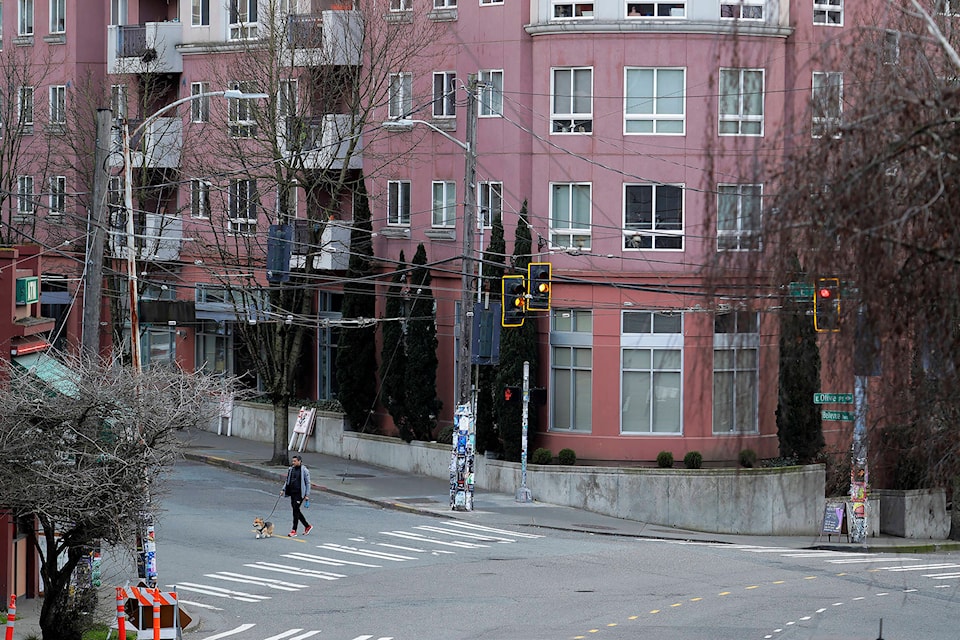It wasn’t long ago that COVID-19 forced hundreds of thousands around the world to self-isolate in their homes, bringing with it eerily empty streets, parks and other public spaces.
A new international study has found that social contact restrictions at the height of the global pandemic went so far to cause an unprecedented drop in noise.
Seventy international researchers reviewed seismic data from stations in 117 countries – including in Vancouver – and found that “seismic noise,” or vibrations generated by everyday human activity, dropped by as much as 50 per cent in March and April, according to the the study findings published in the journal Science.
The quiet period, which has been dubbed the “anthropause” was particularly noticeable in urban areas as vehicle traffic, cruise ships and even concerts and sports games were halted.
“Human activity is constantly driving a seismic buzz – everything from walking around, car traffic and industrial activities create unique seismic signatures in the subsurface. We noticed seismometerz all over the planet were much, much quieter as lockdown protocols rolled out,” explained Mika McKinnon, one of the study’s authors.
“Our interpretation is that the decrease in tourism, the reduction in commuting as more people work from home, and the travel restrictions all combined together limit how much seismic noise humans are generating.”
The research isn’t just a never-before-seen analysis of how human’s generate seismic noise but will also be able to help scientists better understand earthquakes, specifically how to differentiate between human-caused and natural seismic noises.
“Studying these smaller but widespread human-generated seismic noises is another tool for understanding our planet, but in this research it’s also a way to better understand people and how we’re all working together as we face this pandemic,” McKinnon said.



